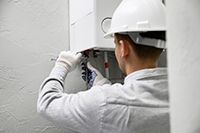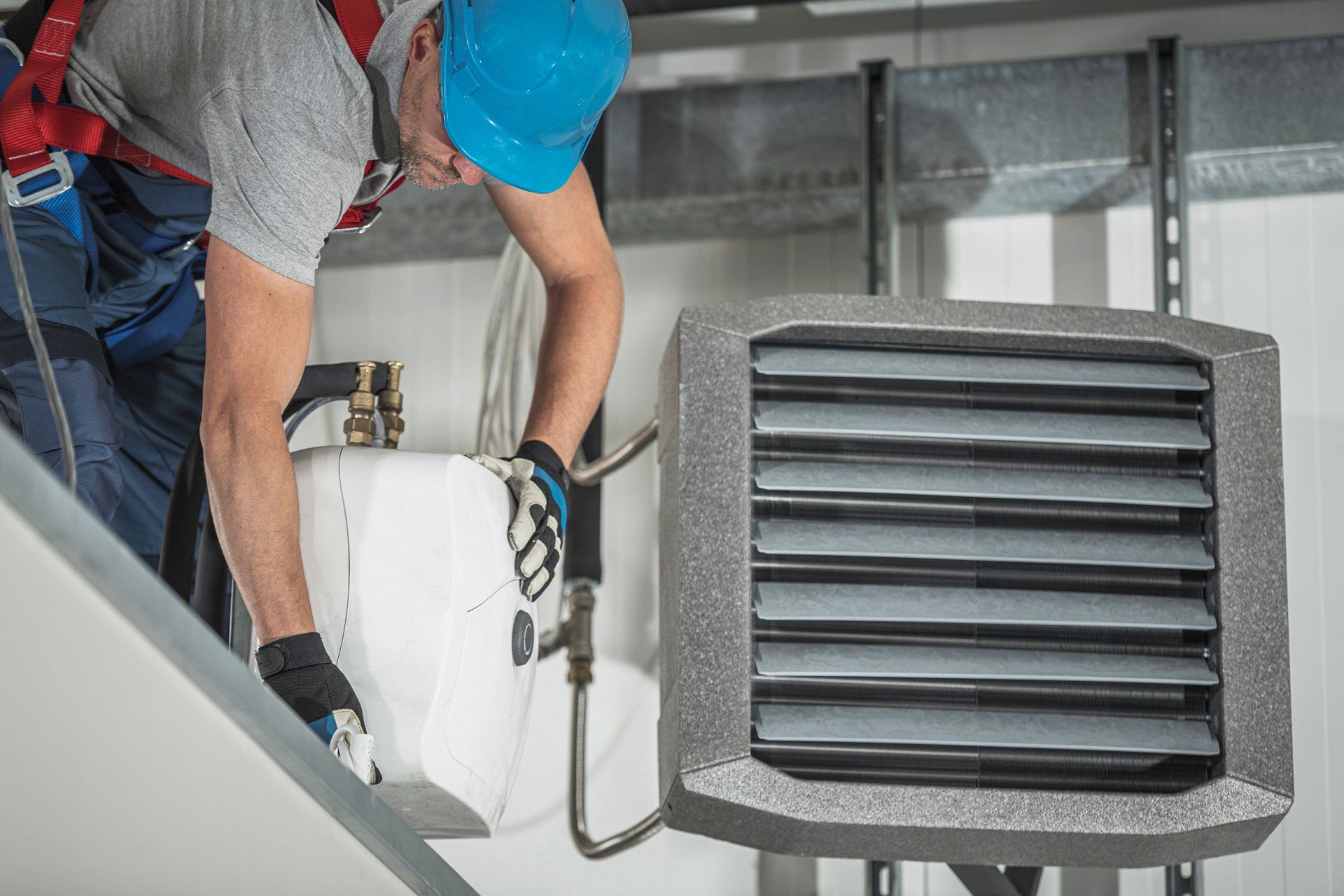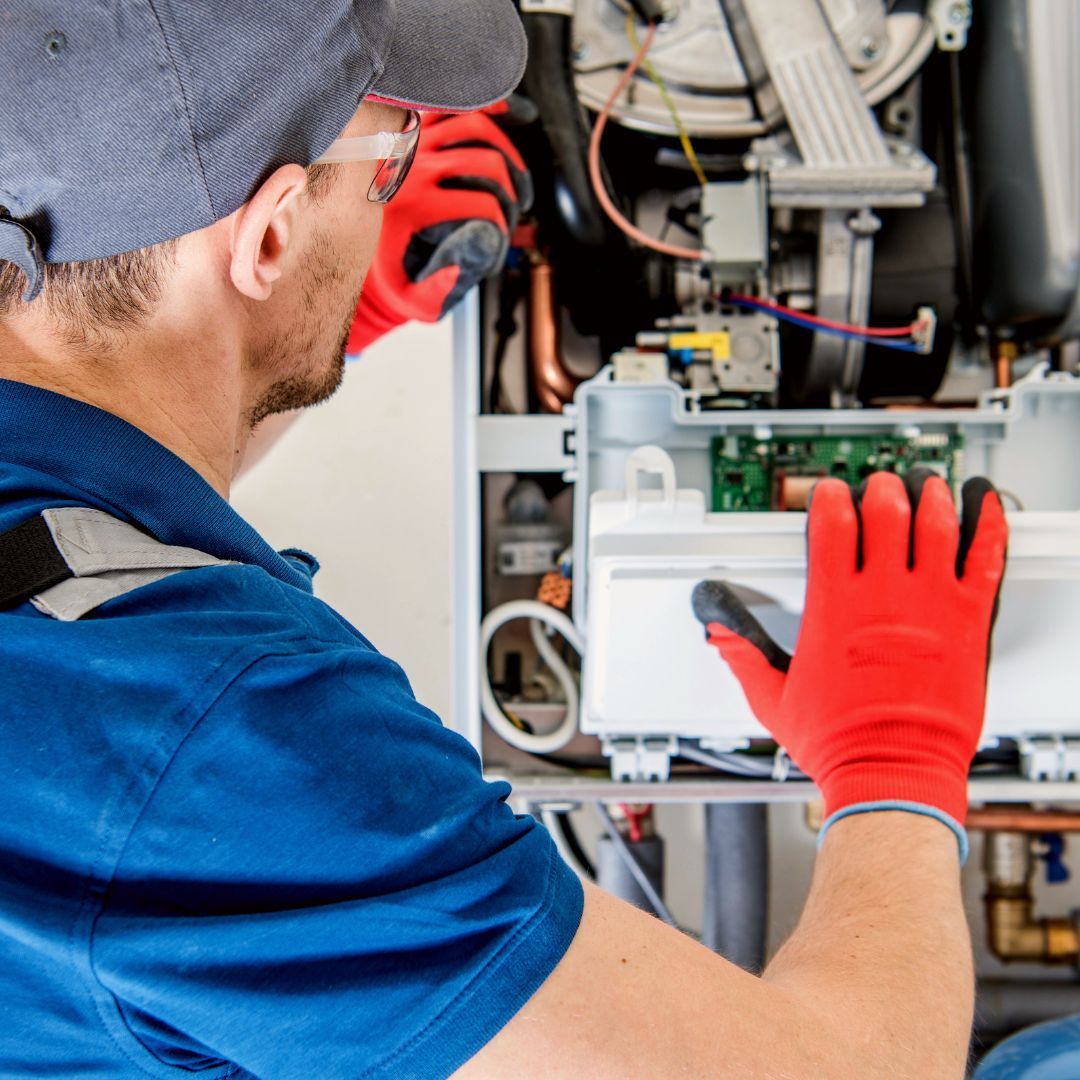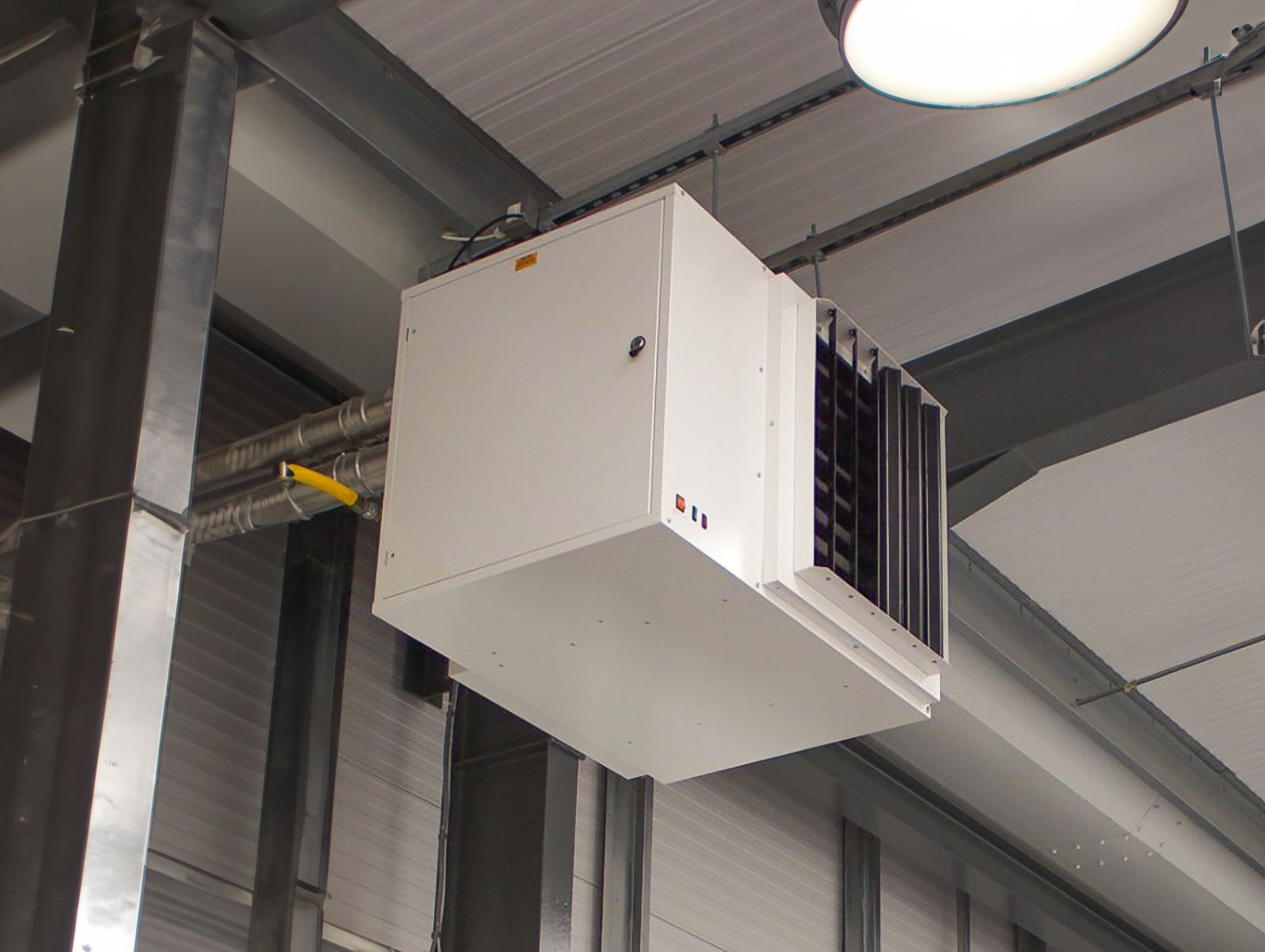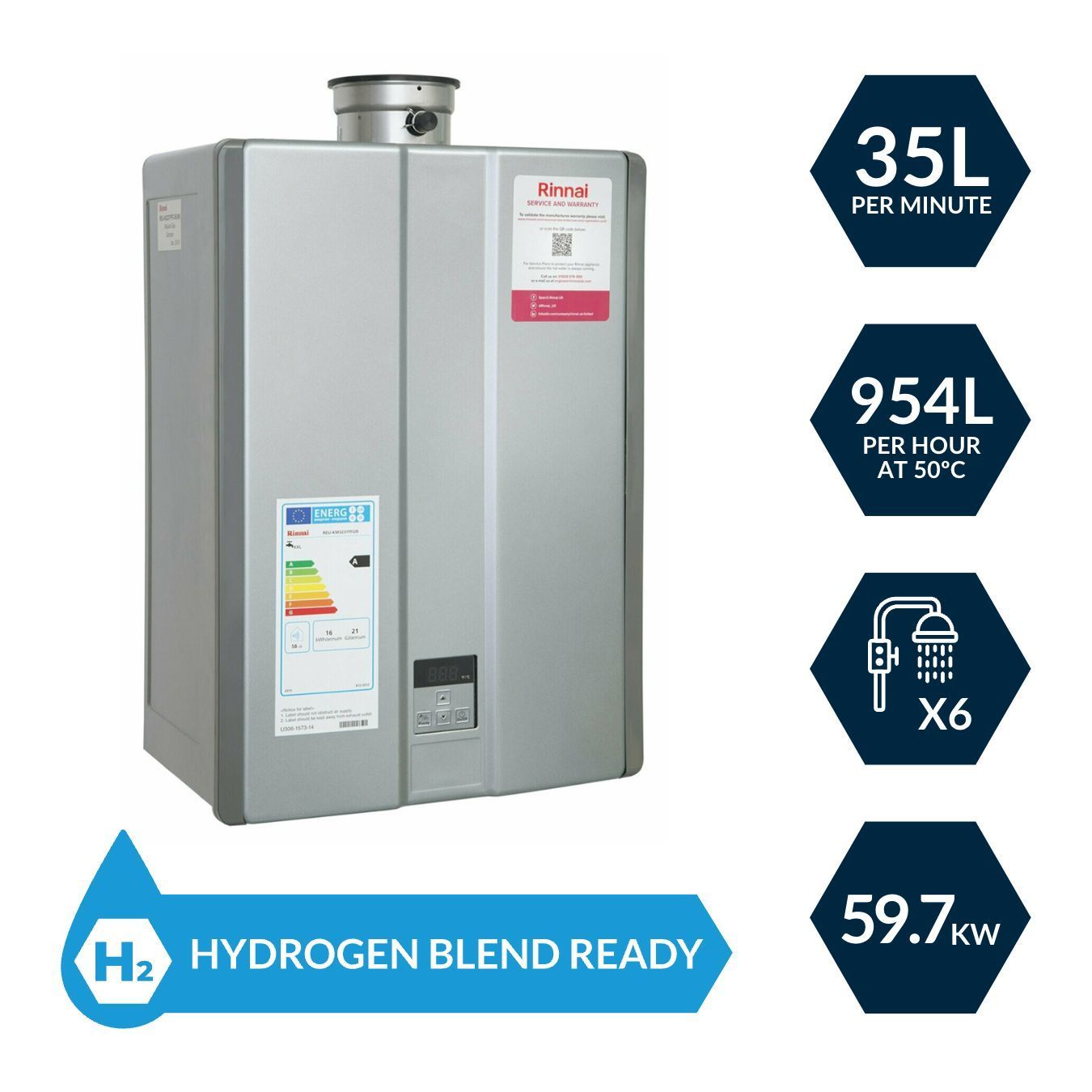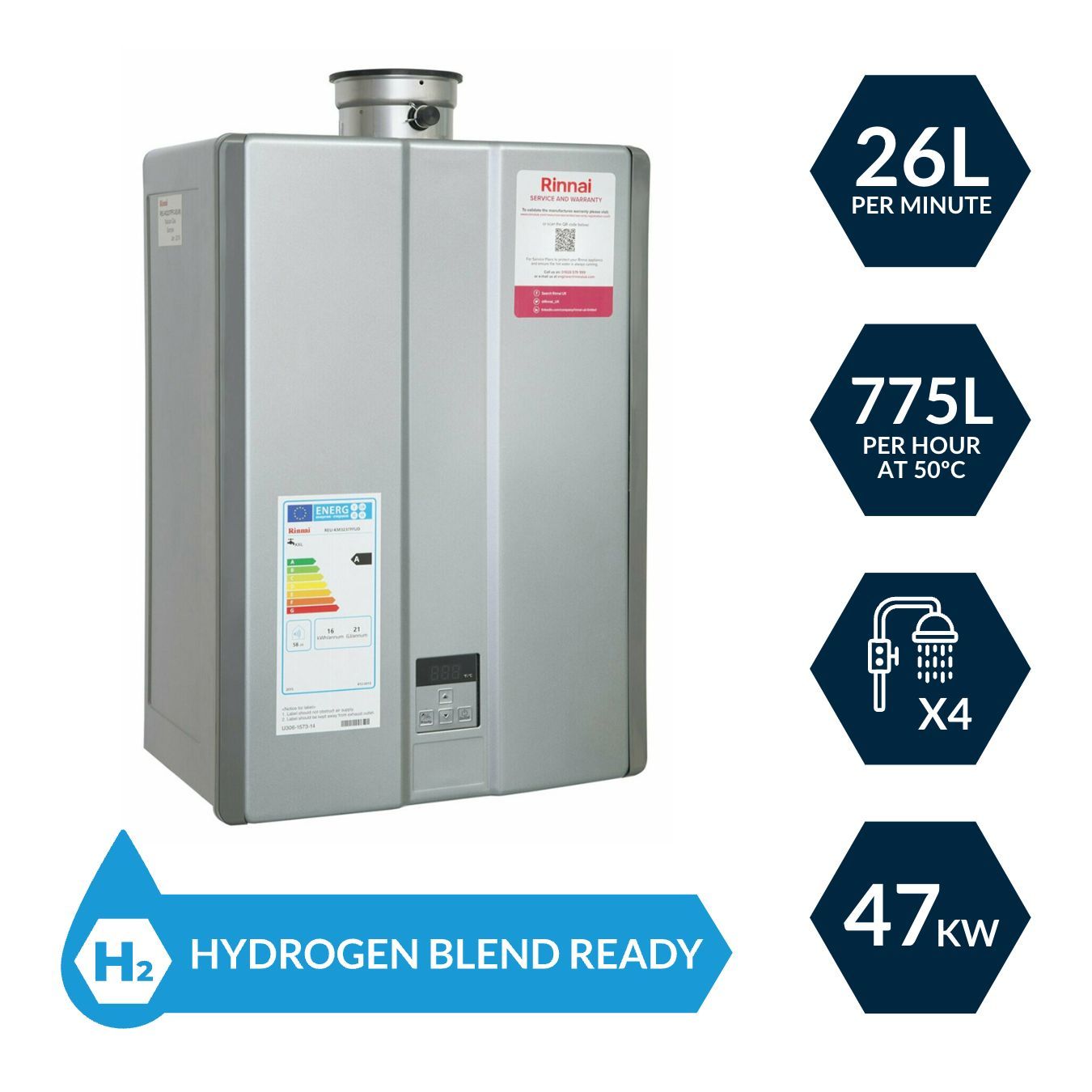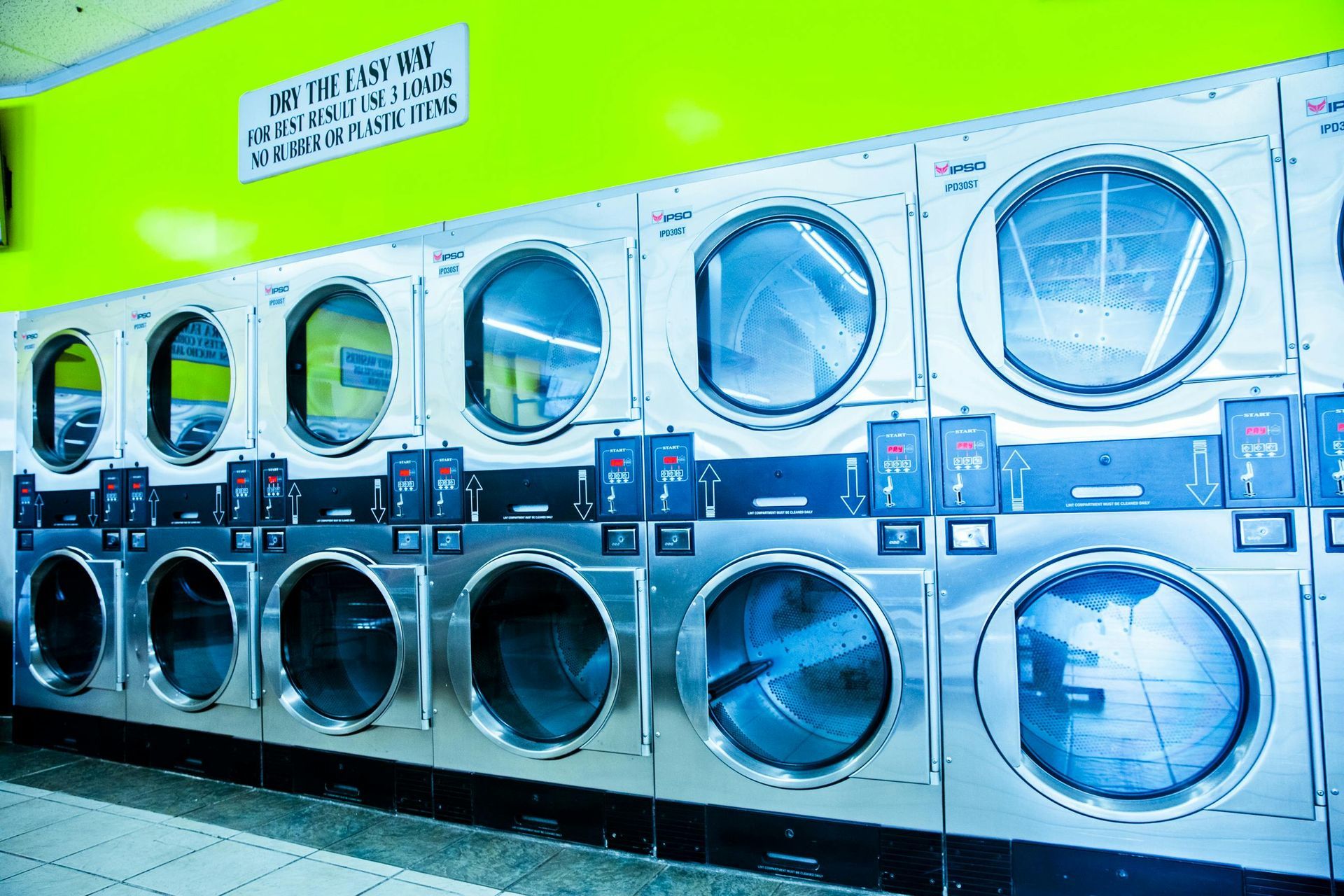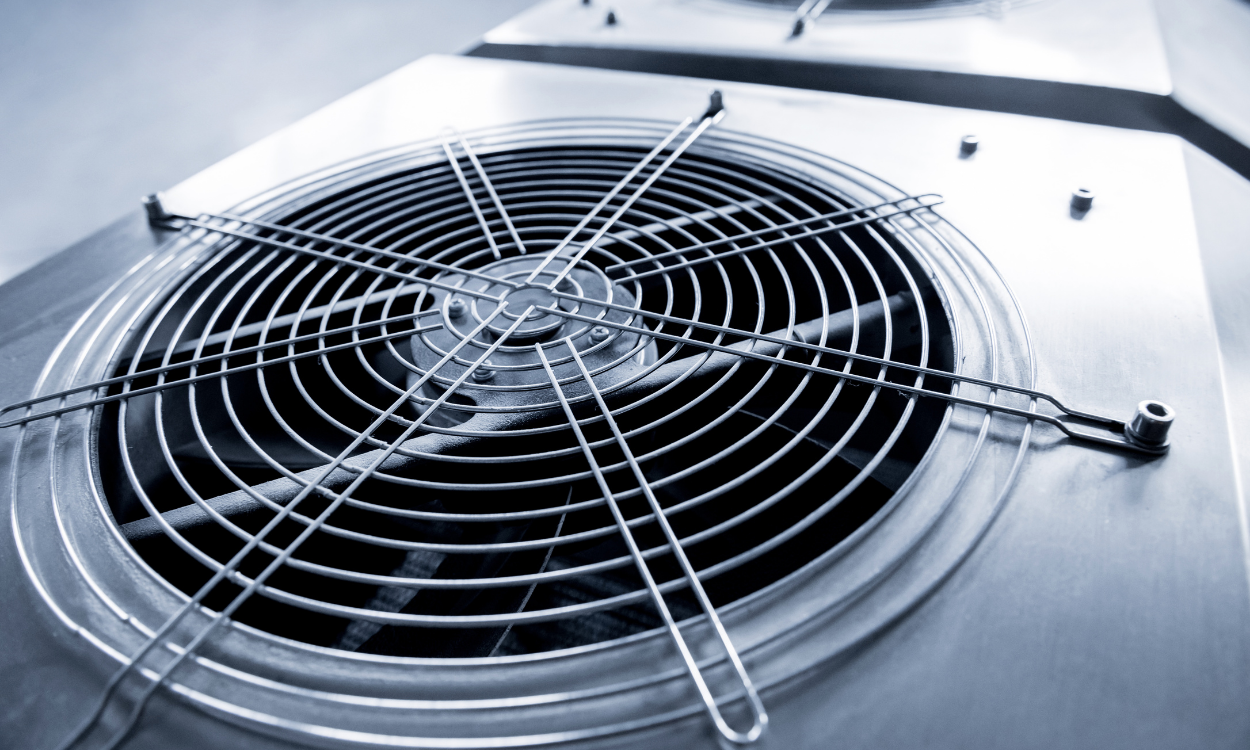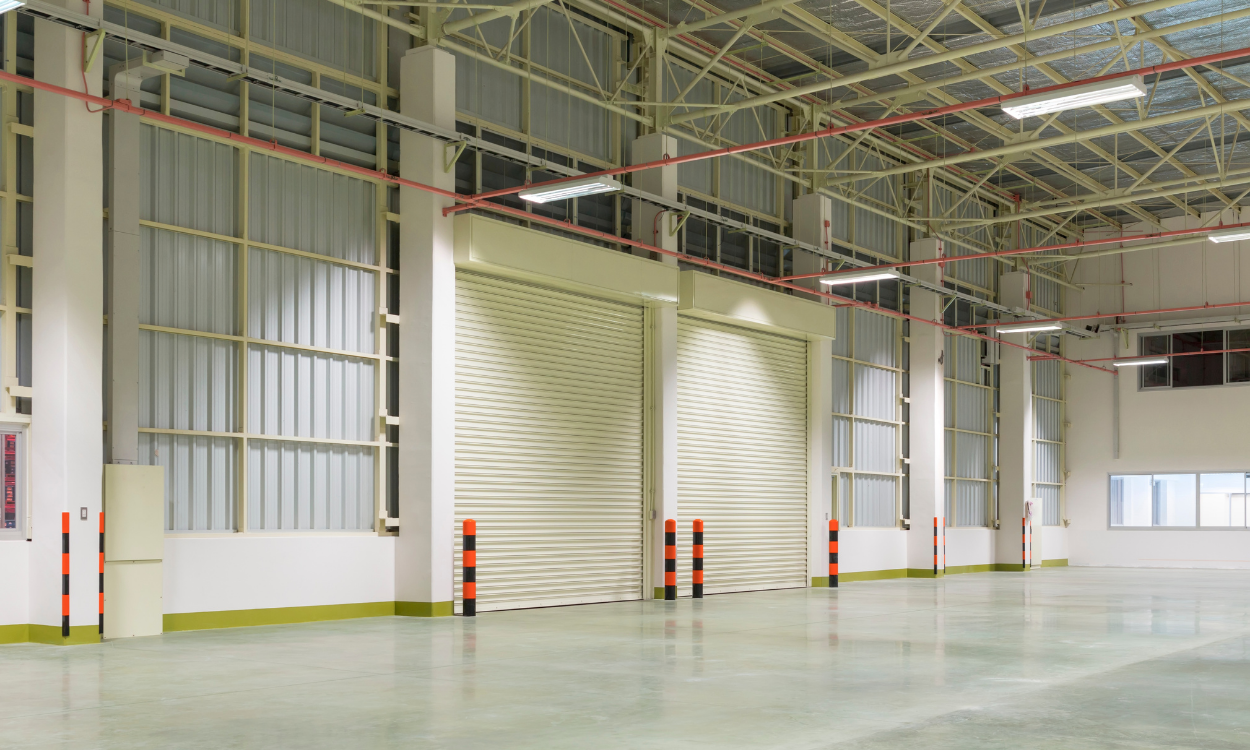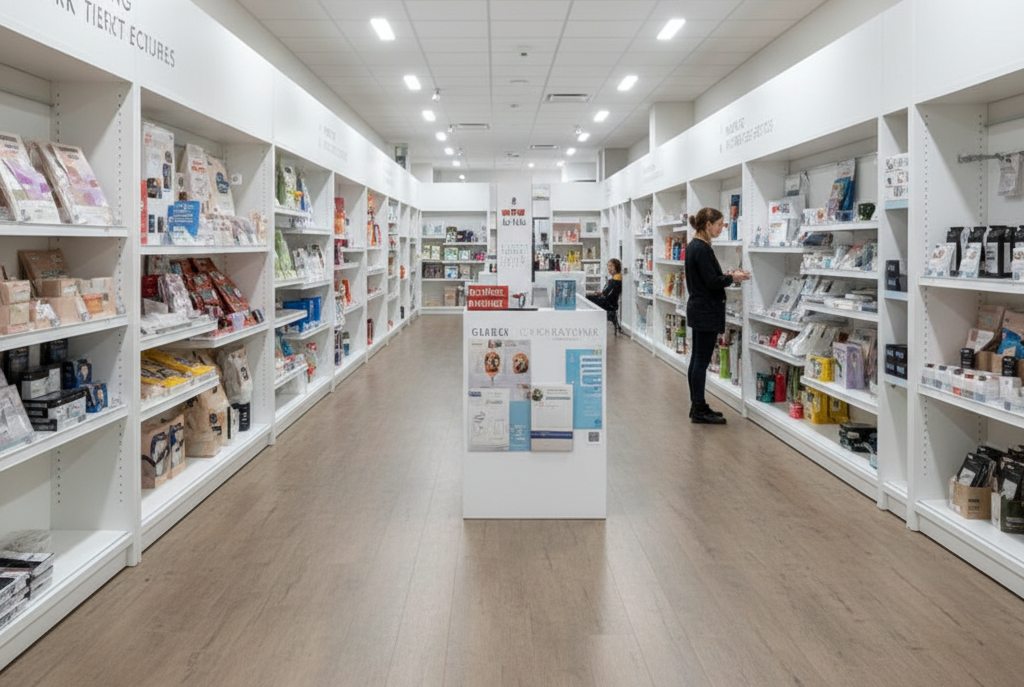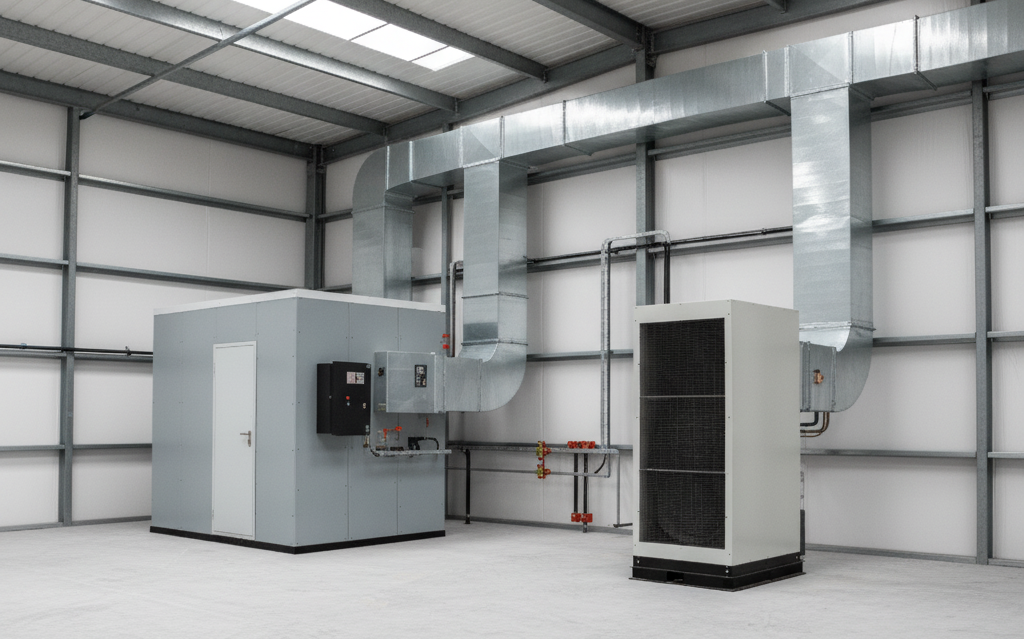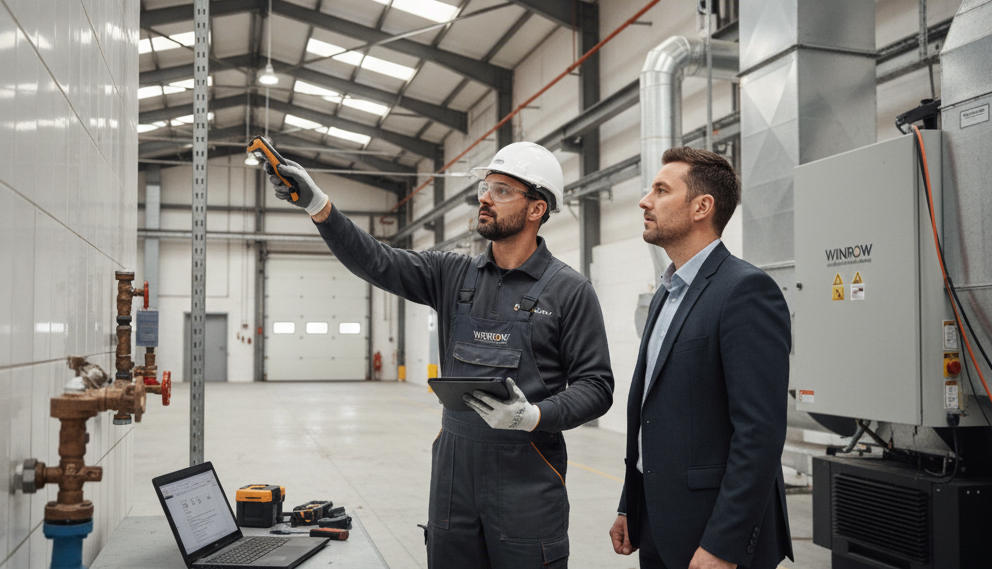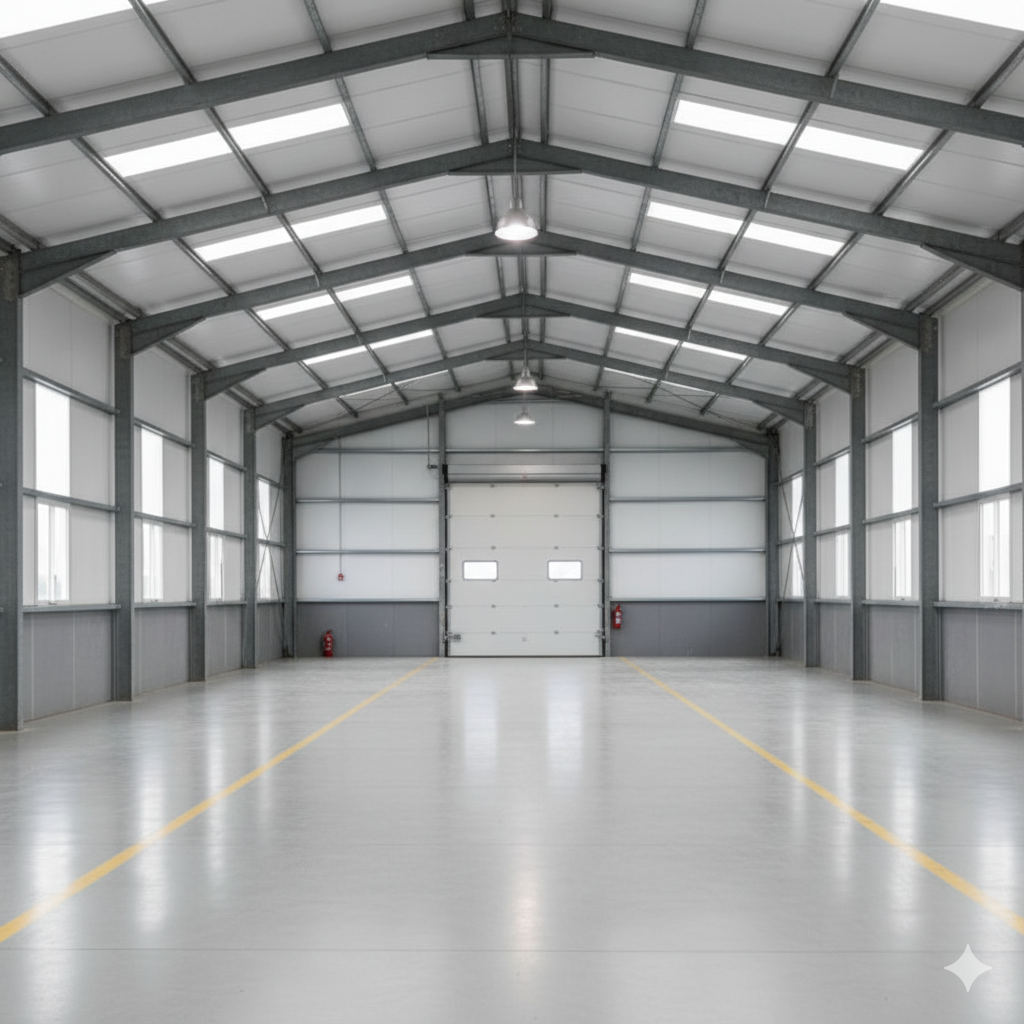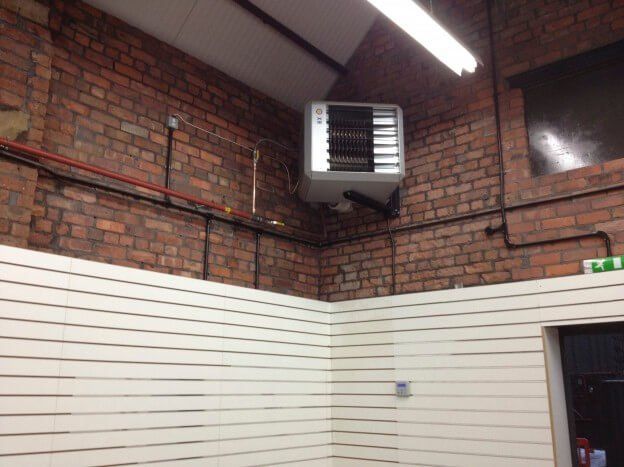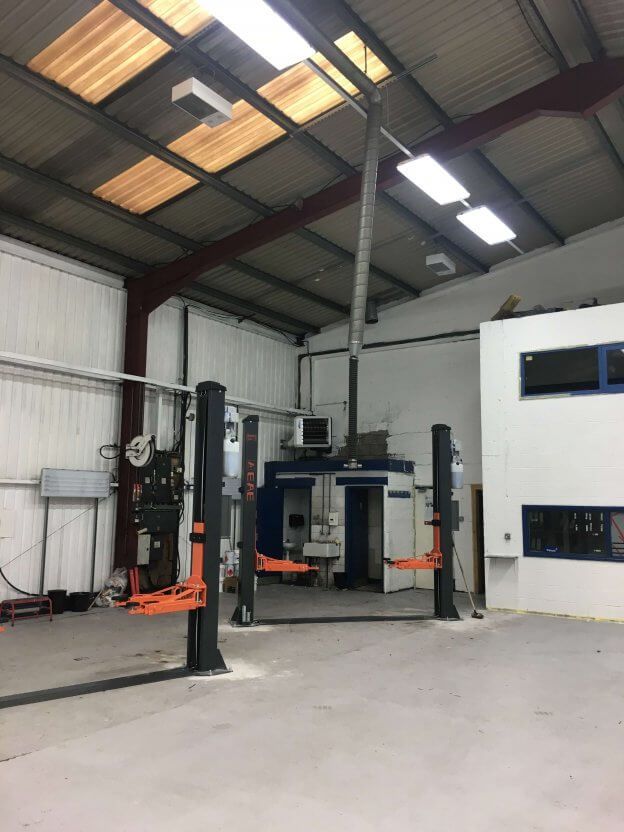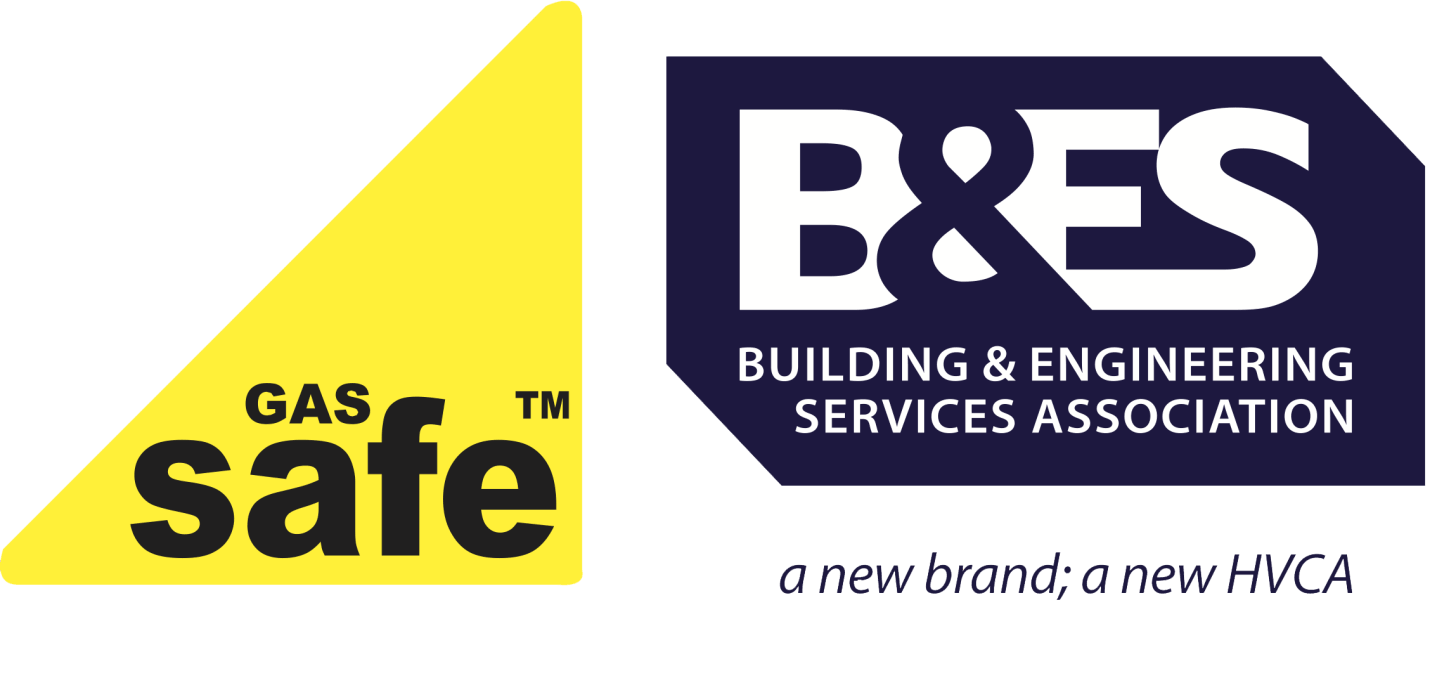Best Launderette Hot Water Solutions in the UK for Efficient Operations
Top Hot Water Solutions for Launderettes in the UK for Better Efficiency
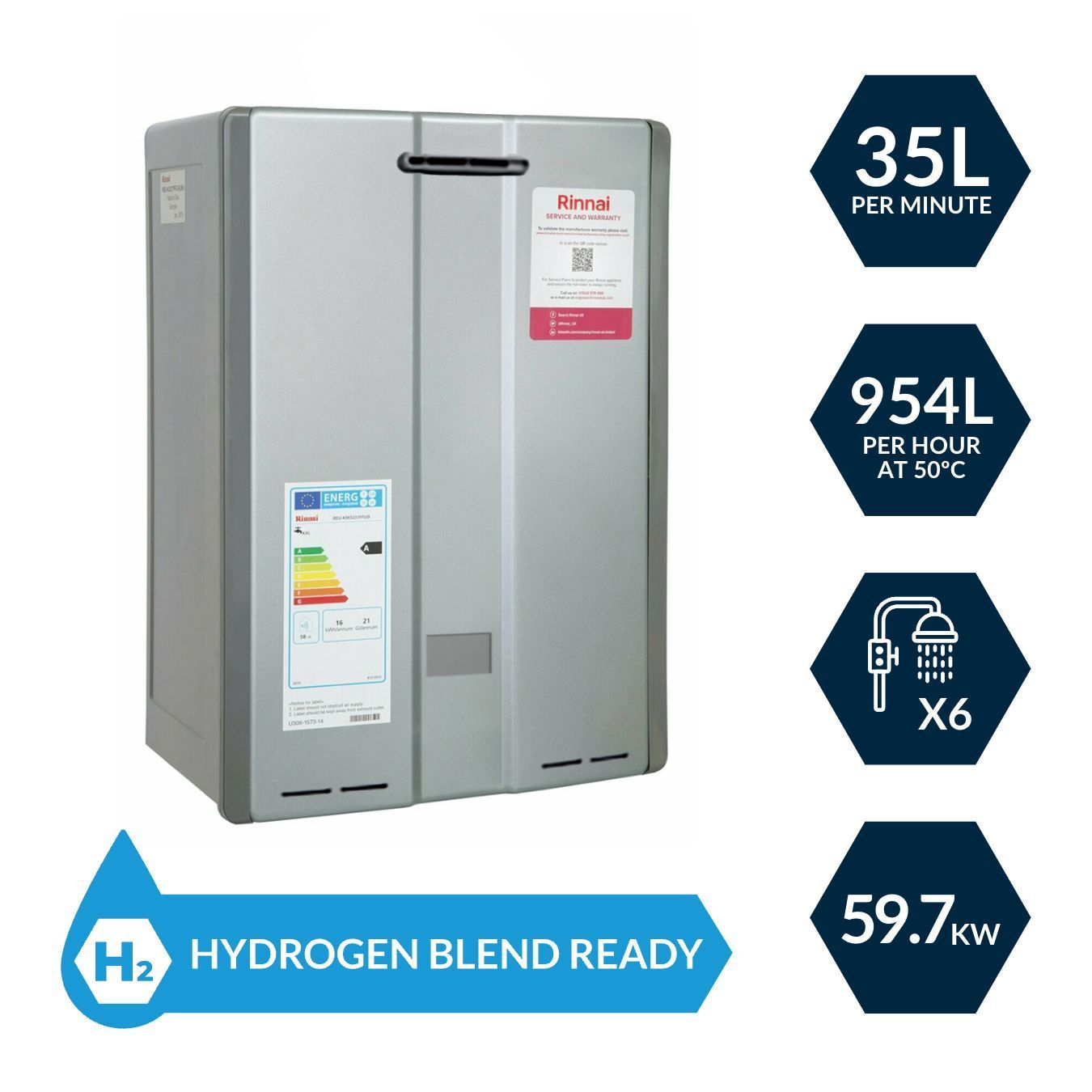
You’re looking to optimise your launderette’s operations in the UK and you know hot water solutions are key to your business. You’re not alone in looking for a reliable, cost effective and eco friendly way to meet your hot water needs. With so many options out there you need to understand the benefits and the trade offs of each. By looking at the top energy efficient solutions you can find ways to reduce energy consumption, lower your bills and allocate your resources better. But which will have the biggest impact on your launderette’s bottom line?
Top Energy Efficient Options
When it comes to powering your launderette’s hot water needs go for top energy efficient options like Rinnai’s N1300i Internal Condensing Gas water heater which can supply up to 26L/Min of hot water and keep costs down.
This energy efficient water heater provides a reliable and consistent flow of hot water making it the perfect solution for your launderette.
By choosing an energy efficient water heater you’ll reduce your energy consumption and your environmental impact.
And an energy efficient water heater will also save you money on your bills so you can allocate resources elsewhere in your business.
With Rinnai’s N1300i you can be sure your hot water needs will be met and your costs will be low.
This makes it a great option for launderettes looking to hot water solutions.
Condensing Gas Heaters Benefits
By choosing condensing gas heaters like Rinnai’s N1300i and N1600i you’ll get a more efficient and cost effective hot water solution.
These condensing gas heaters are designed to heat water efficiently, reduce energy consumption and save you money on your bills. As an energy efficient option they’re perfect for launderettes looking to reduce their environmental impact.
One of the main benefits of condensing gas heaters is they can recover heat from the flue gases which would otherwise be lost.
This increases their overall efficiency and provides a reliable and consistent hot water supply. Condensing gas heaters are also low maintenance reducing the risk of breakdowns and downtime.
Rinnai Water Heater Models
Rinnai’s range of water heaters includes the N1300i, N1600i, N1600E and N1300E each providing a reliable and efficient hot water solution for your launderette.
Rinnai N1300i Internal Condensing Gas water heater 26L/min flow rate LPG and Nat Gas compatible.
Need more flow rate? Rinnai N1600i Internal Condensing Gas water heater 35L/min LPG and Nat Gas compatible.
Or you can go for external condensing gas water heaters. Rinnai N1600E External Condensing Gas water heater 35L/min flow rate
Rinnai N1300E External Condensing Gas water heater 26L/min flow rate
All of these models are energy efficient hot water solutions for your launderette so you can provide a reliable service to your customers and keep your costs down.
Launderette Hot Water System Design
Designing an efficient launderette hot water system involves considering several key factors, water usage patterns, peak demand periods and space.
As a launderette owner you need to assess your water heating needs and choose a system that can meet those needs and save you energy costs.
When designing your hot water system think about the layout of your launderette and where you will put your water heater.
Make sure your water heater is easily accessible for maintenance and installed in a well ventilated area to prevent carbon monoxide buildup.
Also consider what type of water heater is best for you, a condensing gas water heater is energy efficient and can provide high volume hot water.
Water Heating Costs
Several factors including your water heater type and efficiency, launderette water usage and local fuel costs will affect your water heating costs.
As you run your launderette how is your heating system performing? Is your boiler energy efficient or is it burning fuel and increasing your costs?
Your storage capacity also affects your water heating costs. If you’re constantly running out of hot water you may need to consider upgrading to a larger tank.
Also your launderette’s peak hours and total water demand will affect your water heating costs.
Water Storage Tank Selection
When choosing a water storage tank for your launderette you need to think about the capacity and type of tank that will meet your business’s hot water requirements.
Think about the volume of laundry you do daily and your peak hours of operation to determine the tank size. A larger tank may be needed if you have multiple washers and dryers running at the same time.
You should also consider the type of tank: stainless steel, glass lined or enamel coated. Each has its advantages, durability, corrosion resistant and easy to maintain.
Also think about the insulation and thermal efficiency of the tank to reduce heat loss and energy waste.
When choosing a tank look for a reputable supplier, a Ltd company that supplies high quality products and good customer support.
Make sure the tank is designed for commercial use and meets the relevant safety and performance standards.
LPG and Natural Gas
You will need to decide on the type of fuel that will power your launderette’s hot water system, LPG and natural gas have their own advantages and disadvantages.
When evaluating LPG you will need to think about the cost and logistics of cylinder deliveries and the higher energy costs.
On the other hand natural gas is cheaper and more environmentally friendly but not available in all areas.
When deciding between these options you need to consider your launderette’s specific needs.
For example if you have high hot water demand you may want to go for a high capacity water heater like the Rinnai N1300E External Condensing Gas water heater (LPG & Nat Gas) (26L/Min).
This is energy efficient and can provide continuous hot water supply, perfect for busy launderettes.
Installation and Maintenance
Get your launderette’s hot water system up and running by considering the installation and maintenance requirements of your chosen water heater, a crucial step that will make all the difference in its performance and lifespan.
When installing your water heater make sure it’s done by a qualified engineer who can guarantee a safe and efficient installation. You’ll also need to think about the space and ventilation requirements for your chosen unit. For example internal condensing gas water heaters like Rinnai’s N1300i or N1600i models require ventilation to operate safely and efficiently.
Maintenance is also important to extend the life of your water heater. You should schedule annual servicing with a qualified engineer to inspect and clean the unit, replace worn out parts and identify potential problems before they become major issues.
Also check the pressure relief valve and temperature gauge regularly to make sure they are working correctly.
Maximising Laundry With Hot Water
Now your launderette’s hot water system is up and running it’s time to focus on how to make the most of it.
You’ve invested in your water heating system now you need to optimise it. Start by looking at your laundry’s peak hours and adjust your hot water supply accordingly. This will ensure you have hot water when you need it most.
You can also consider implementing a scheduling system to use hot water during off peak hours. Also consider investing in energy efficient washing machines and dryers that use hot water more efficiently.
By optimising your laundry you will reduce energy consumption and increase customer satisfaction. Remember a well optimised hot water system is key to your launderette’s success.
Summary
By optimising your hot water you will reduce energy consumption, reduce bills and allocate resources to other areas of your launderette.
With Rinnai’s condensing gas water heaters and a well designed hot water system you can be efficient and reduce your environmental impact.
By considering water heating costs, storage tank selection and installation requirements you can make informed decisions to optimise your launderette.
Can I Install a Condensing Gas Water Heater in a Small Laundry Room?
You’re wondering if you can install a condensing gas water heater in a small laundry room - the answer is yes but make sure you choose a compact model like Rinnai’s N1300i or N1600i and follow ventilation and safety guidelines.
Do Rinnai Water Heaters Work With My Existing Laundry Equipment?
You’re wondering if Rinnai water heaters are compatible with your existing laundry equipment and the answer is yes they will work with your existing setup and will be smooth and efficient.
How Long Do Rinnai Condensing Gas Water Heaters Last?
Typically they will last 10-15 years with maintenance but may vary depending on usage and installation.
Do I Need a Separate Storage Tank With a Rinnai Water Heater?
You don’t need a separate storage tank with a Rinnai water heater as they have built in storage capacity but you’ll need to consider your hot water demands and flow rate requirements.
Are There Government Incentives For Energy Efficient Launderette Equipment?
Yes you can claim tax relief through the Enhanced Capital Allowance (ECA) scheme or get funding from the Carbon Trust Green Business Fund.
Share This Post.
Need a Quote?
Is your business is looking for heating upgrade or an installation quote? Please call us on 08000 588 035 for a free quotation or fill out our contact form and we’ll get back to you as soon as we can.
If you could also attach some relevant images of the building and advise the building volumetric, it will help with our initial design assessment. Thank you.
